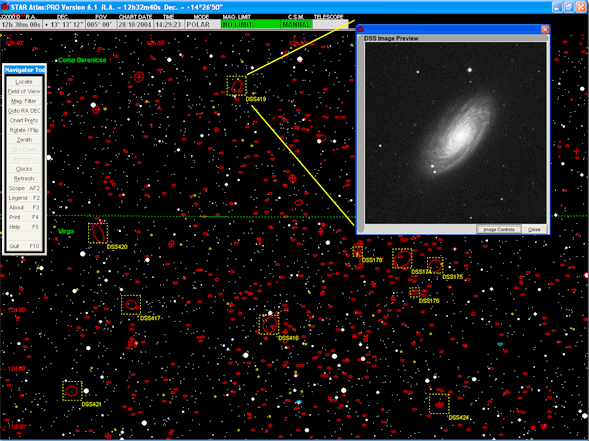
Scientific discoveries rightly get top billing in the media. “It permeates every aspect of the conduct of research.”

“Research is now fundamentally connected to software,” says Neil Chue Hong, director of the Software Sustainability Institute, headquartered in Edinburgh, UK, an organization dedicated to improving the development and use of software in science.
#Best astronomy software for scanninf sky of 10000 bc how to#
A powerful computer is useless without software capable of tackling research questions - and researchers who know how to write it and use it. “Trouble is, it still requires thinking.”Įnter the scientist-coder. “We really do have quite phenomenal amounts of computing at our hands today,” he says. Michael Levitt, a computational biologist at Stanford University in California who won a share of the 2013 Nobel Prize in Chemistry for his work on computational strategies for modelling chemical structure, notes that today’s laptops have about 10,000 times the memory and clock speed that his lab-built computer had in 1967, when he began his prizewinning work. From astronomy to zoology, behind every great scientific finding of the modern age, there is a computer. The team released the programming code it used to accomplish that feat alongside the articles that documented its findings, so the scientific community could see - and build on - what it had done.

It was computed - a mathematical transformation of data captured by radio telescopes in the United States, Mexico, Chile, Spain and the South Pole 1. But the image of a glowing, ring-shaped object that the group unveiled wasn’t a conventional photograph. In 2019, the Event Horizon Telescope team gave the world the first glimpse of what a black hole actually looks like.


 0 kommentar(er)
0 kommentar(er)
